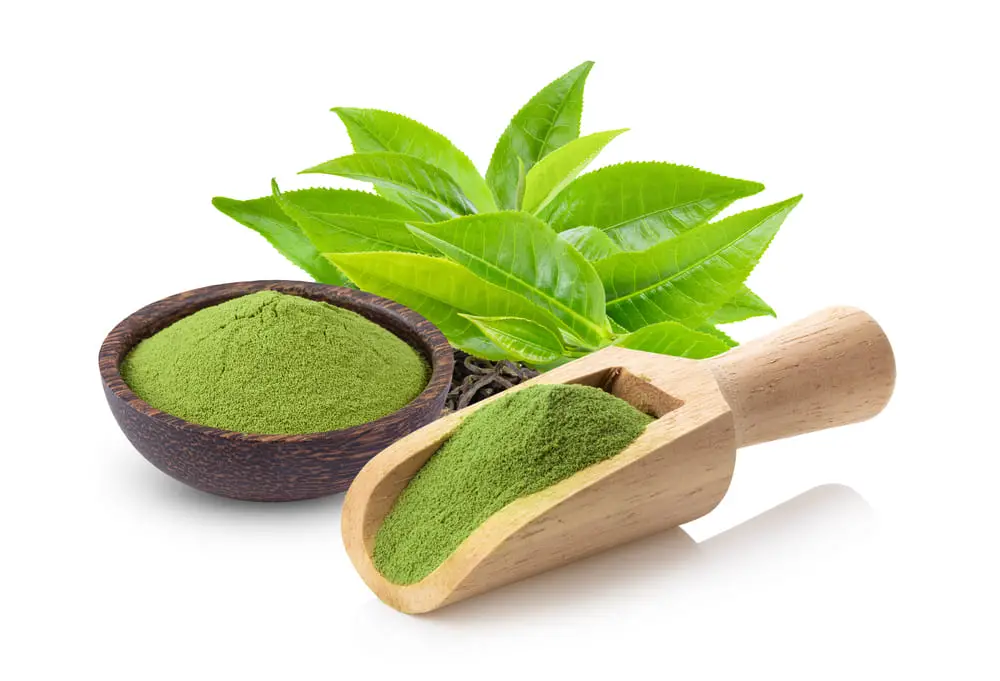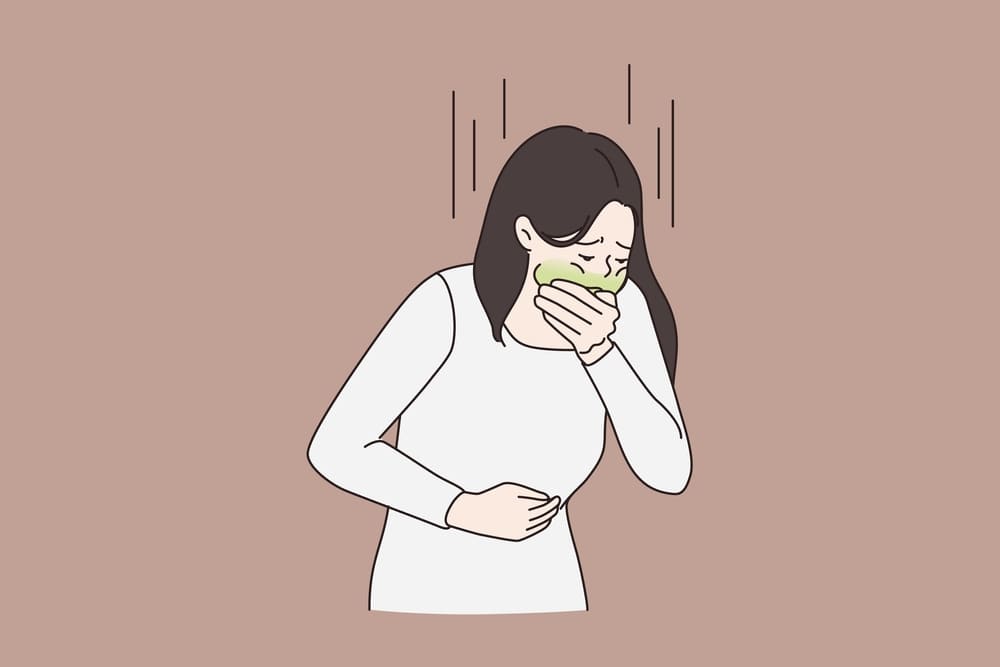Looking to matcha, some people are because of experiencing a long-standing culinary culture, some people are using it for health. Indeed, matcha is known for its many health benefits including a reduced risk of certain cancers, improved brain function, weight loss, and even an effect in regulating blood pressure. . Not only that, the scent of Matcha has a strong green tea scent but is very pleasant, the taste is slightly bitter but the aftertaste is very attractive.
Enjoying a cup of matcha every day seems to have become a habit for many people, but among them, there are still people who feel nauseated when drinking matcha. This article will help you have a more multi-faceted view of the question of “why does matcha makes me nauseous?” Read on and find the answer that’s right for you.
What Is Matcha?

Matcha (meaning ground tea in Japanese) is a powder that is ground from the young buds of the Tencha tea tree – a typical Japanese tea variety. Unlike other teas in the world, where you have to decant the tea body, for matcha, you can drink the whole residue. Drinking matcha means you’re enjoying the tea itself, not the water in which the leaves are steeped. Therefore, matcha retains more nutrients and has a higher antioxidant capacity than green tea.
These days matcha is favored for its variety of uses. You can drink this tea in the traditional Japanese way by whisking matcha powder in drinking water and then drinking it or using foods and drinks that contain matcha as an ingredient.
The taste of matcha generally comes from three main factors: theanine (sweet, mild taste), catechins or tannins (acrid taste), and caffeine (slightly bitter taste). This combination creates the characteristic flavor of matcha but also creates some undesirable effects for some people as tannin and caffeine are one of the reasons why consuming matcha causes nausea.
Why Does Matcha Cause Nausea?

1. Drink Matcha When Hungry
If you have a habit of drinking matcha in the morning as soon as you wake up, that could be the reason for your nausea. Catechin in matcha, also known as Tannin, is the culprit that causes discomfort and nausea when taken on an empty stomach.
Some studies show that Tannins have properties similar to other polyphenols, helping to prevent disease with their antioxidant and antibacterial abilities. However, if you consume Tannin on an empty stomach, it will increase the production of stomach acid, while an empty stomach already has a high amount of stomach acid. Nausea and digestive upset can occur because of this bad habit. So be careful to consume matcha on an empty stomach if your digestive system is not good.
2. Drinking Too Much Matcha In A Day
In English, there is a saying “Too much of a good thing is a bad thing” perfectly fits this case. This sentence means that too much of anything is not necessarily good. Indeed, if you are addicted to matcha, using it too much in a day will only make you feel uncomfortable and nauseous. The cause here is also due to the tannin or caffeine present in the tea.
Tannins can cause the same negative effects as drinking matcha on an empty stomach. And caffeine can cause heartburn and increase symptoms of acid reflux. Remember, when you consume a large amount of matcha, it also means that you are creating bad stimulation for your body. It is recommended to use a maximum of 5-8 grams of matcha powder per day.
3. Making Matcha At Too High A Temperature
If you brew matcha at temperatures above 85⁰C, more tannins are created in the tea. Therefore, the ideal temperature for making matcha is from 65⁰C to 80⁰C.
4. Use Cold Matcha
We’ve talked about not making tea at too high a temperature, now we shouldn’t let it get cold. It sounds pretty confusing, right? But letting matcha brew cold will lose its nutritional value and can also make you feel nauseous when drinking. The solution to this problem is that you need to brew tea at a temperature that is neither too cold nor too hot.
5. Use Low Quality Matcha
The problem of poor quality food has never been a hot topic in today’s society. Currently, there are many surveys in the world that show that the situation of lead-contaminated tea leaves, especially in China, is a dilemma. In addition, low-quality, cheap matcha powder can also be filled with a lot of chemicals that are not good for health. To protect the health of yourself and everyone around, please prioritize using tested matcha powder of clear origin to avoid unfortunate health cases that may occur.
6. Storing Matcha Powder The Wrong Way
When exposed to the air, matcha powder will oxidize and turn dull yellow and lose some healthy nutrients. Worse can occur problems of spoilage, and mold and which can be toxic to your body and affect your health. So make sure you have a suitable storage plan for this type of food.
How To Reduce Nausea When Using Matcha

Here are some of our suggestions to help you feel better about using matcha:
- Do not drink matcha on an empty stomach to avoid nausea caused by drunken tea. Should be taken after a meal or taken with a snack.
- Brew tea at a specific temperature, the ideal temperature is from 65⁰C to 80⁰C. Avoid brewing tea with boiling water that is too hot or water that is too cold.
- Combine matcha with milk. Matcha Latte is a famous drink with a harmonious combination of matcha and milk. The use of milk is both delicious and has the effect of reducing the feeling of nausea.
- Pay attention to the amount of matcha loaded into the body each day. Recommended intake from 5-8 grams per day.
- Don’t buy low-quality matcha of unknown origin. Poor quality matcha can use a lot of fillers which can have a negative effect on the digestive system. So be careful in choosing a matcha brand to trust.
- Store matcha properly. The matcha powder should be kept in a cool place, away from sunlight. Currently, on the market, there are many types of matcha in small bags with a volume of 50g or 100g to suit the needs of each person. If you don’t use it often, buy small bags with enough volume to use.
Although matcha has many benefits, it can also cause problems for some people, remember that everyone’s health is different. When two people drink the same matcha, one may experience unpleasant nausea while the other may not. Therefore, if you have health problems when using matcha, you should consult your doctor if you want to use matcha daily.
